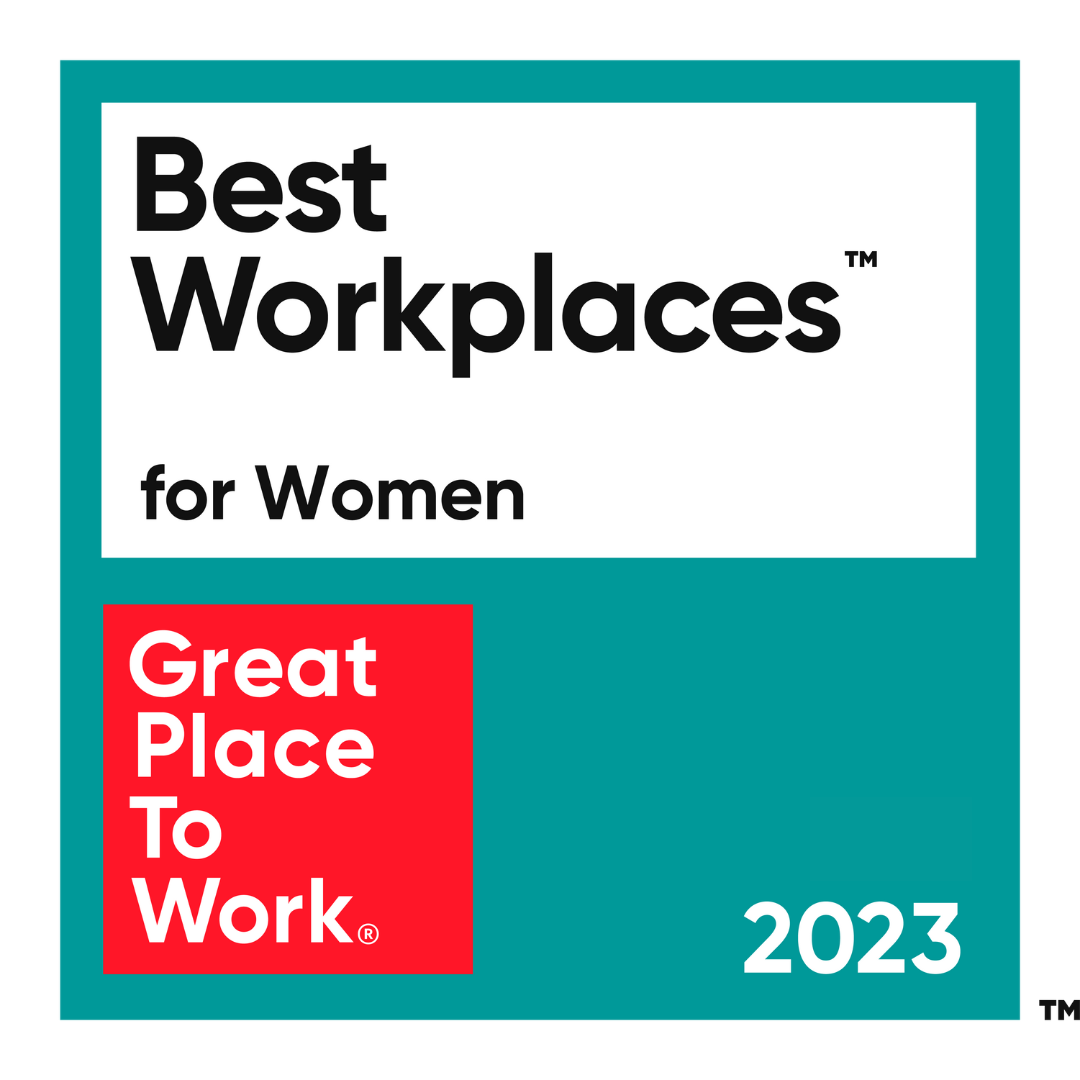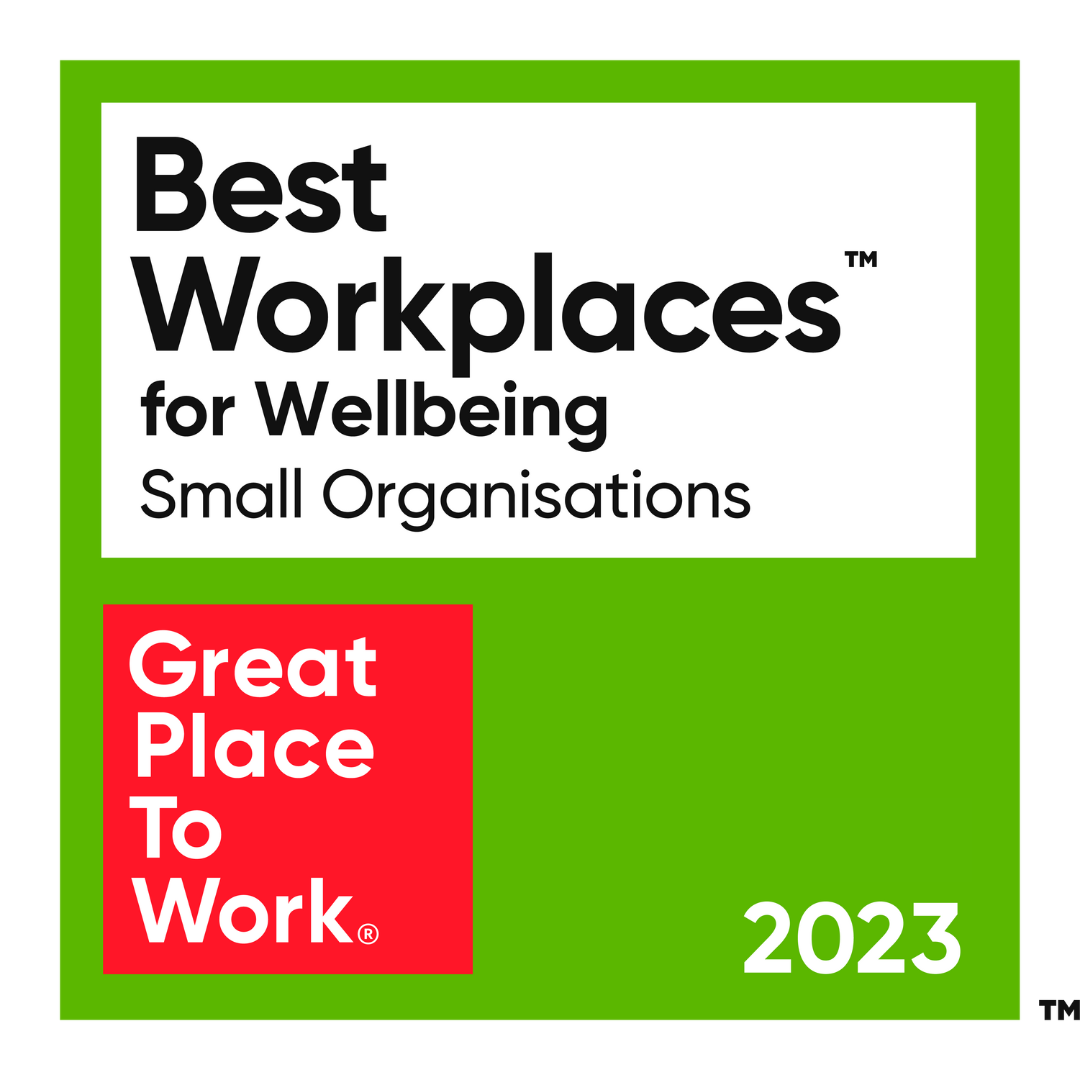Advertisers are increasingly self-critical when it comes to getting their agency roster and media right. That’s a big change says Tom Denford.
Go back a few years and when an advertiser-agency relationship went wrong, you knew who would get the blame: The agency.
Today attitudes are different and new research highlights a much more self-critical client community; one that knows that sometimes things don’t work because of the way their client organisation works.
The World Federation of Advertisers has found that 74% of surveyed clients are planning a review but also that nearly 50% of them recognised that their own internal structures may be an encumbrance to operating the most effective roster model.
That’s based on responses from nearly 50 of the world’s biggest marketers, representing a global ad spend in excess of $69bn.
Not surprisingly, the agencies surveyed agreed, arguing that clients do not provide them with the right tools to deliver the expected results. Collaboration can be hindered by internal structures (51%), poor quality briefings (49%), approvals and sign off processes (40%), lack of trained client personnel (40%) as well as lack of a clear data strategy (52%).
What’s happening is that clients are working hard to take back control of their roster, their media approach and are recognising that doing that requires them to look themselves firmly in the face and get their internal ways of working up to speed.
Critically they are undertaking this work before they seek to make wider changes to their roster, even if they know that once the internal work is in place, the external support they require will also require a revamp.
This current research also echoes previous WFA research identifying the growing role of consultants in helping advertisers understand how their own internal processes and structures can stop them from getting the results they want. Advisors are now playing an increasingly critical role in internal organisational design for media, plus external agency ecosystem design.
All this is good news for both agencies and advertisers. A brand that knows what it wants and is structured to deliver it is more likely to be a great client to work for and to allow the agency to produce its best work (while also rewarding great performance appropriately).
Getting clients match fit for media is one of the most interesting parts of our job, working alongside marketing and procurement to find the roster and marketing model that is best placed to deliver their desired outcome.
The latest WFA research flags up five or six classic models but the truth is that every client’s needs and capabilities will be different so there’s always an exploration of the shades of grey between each of the archetypes.
It found that current dominant model of agency management is “multiple agencies managed individually by marketing” (81%), with “integrated lead agency” (44%) and “network agency with specialisms from same holding company” (39%) coming next. Many advertisers use a variety of models across their operations.
Getting this right both internally and externally requires brands to know three things: where they want to get to; where they are right now and what role do they want media to play in driving their business forward.
Answering those key questions and brands can start to correct their internal issues and make themselves better partners for agencies as well as far more effective when it comes to media.






COMMENTS